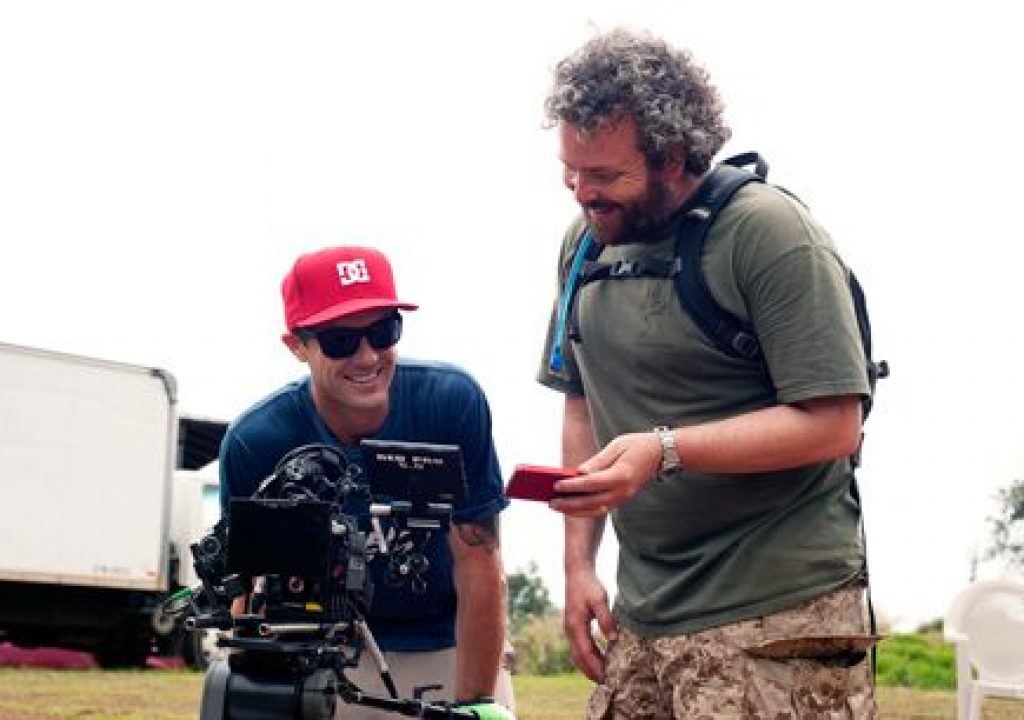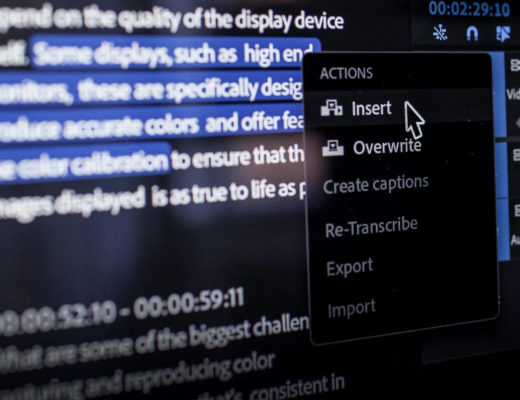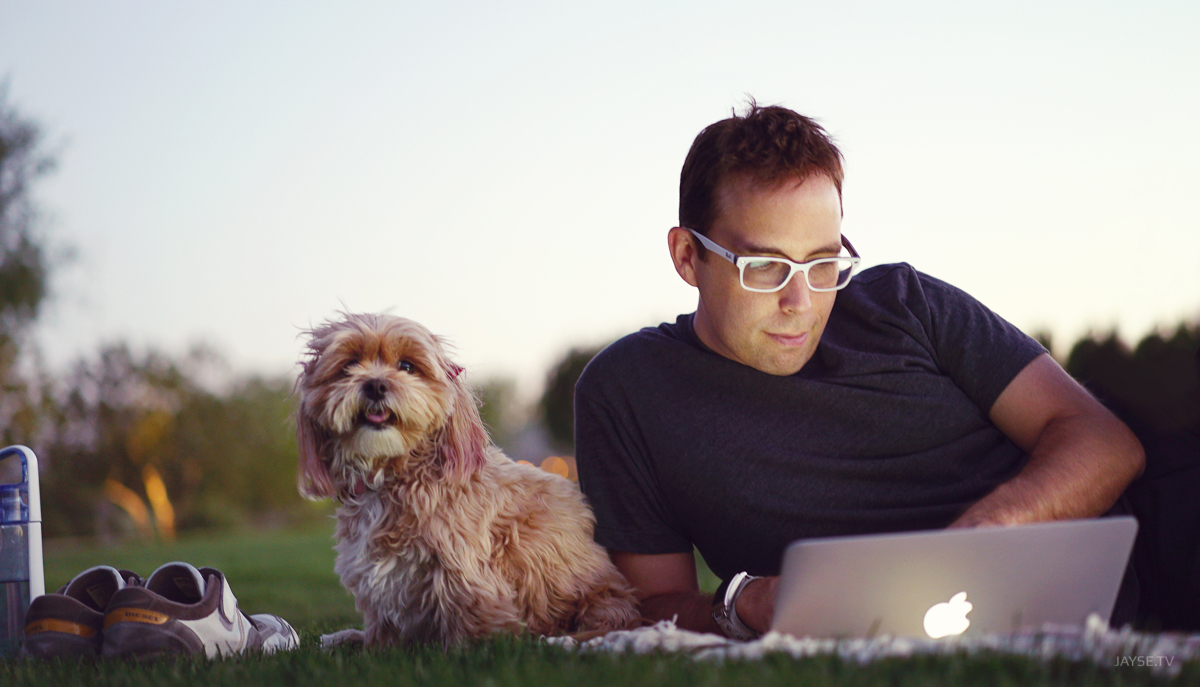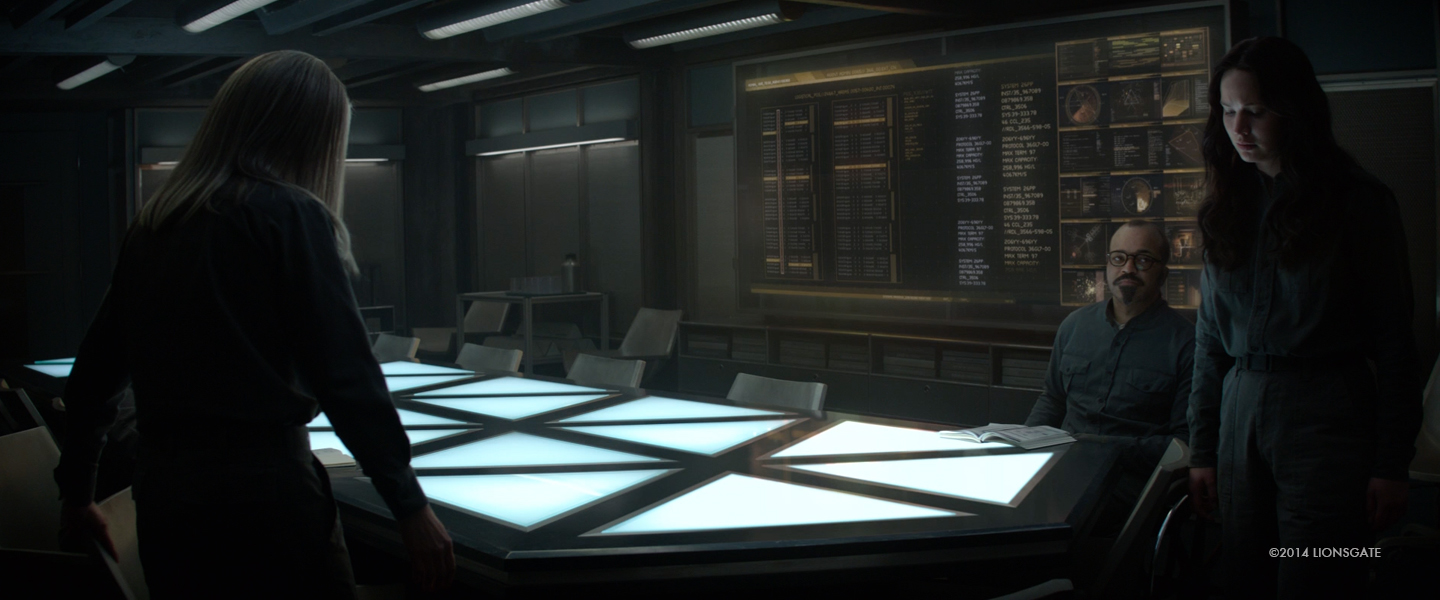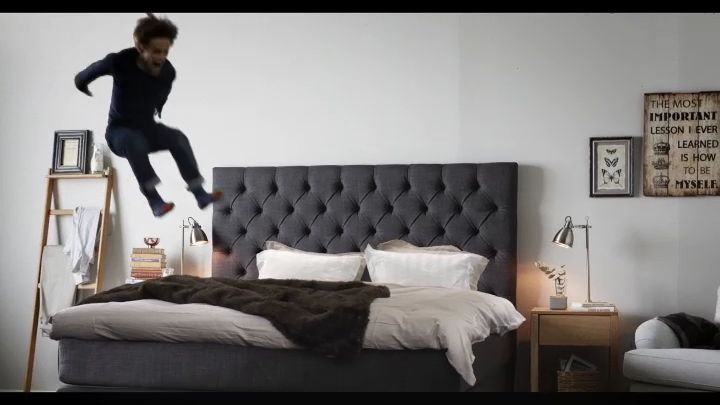Danny Way is among the world’s most visionary skateboarders. During his 20+ year career as a professional skateboarder, he has attempted to jump the Great Wall of China, broken the land speed record on a skateboard (an incredible 74.5 mph), and won numerous Big Air Gold Medals at the X Games. He’s now the focus of Waiting for Lightning, a feature-length documentary about how much abuse the body can sustain, how deep you have to dig to survive a troubled family life, and how high and far dreams can fly. The film’s director is filmmaker, author, and digital media expert Jacob Rosenberg of the studio Bandito Brothers, creators of films such as Act of Valor and Dust to Glory. We had a chance to catch up with Rosenberg about the remarkable new documentary Waiting for Lightning and some of the breakthrough cinematography used in its creation.
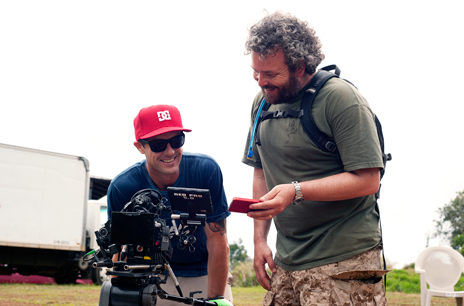
Adobe: What was the genesis of Waiting for Lightning?
Rosenberg: Danny and I share a tremendous history and 20+ year friendship. We worked together in our late teenage years and shared some defining experiences. We also shared a mentor, Mike Ternasky, who died in a tragic car accident in 1994. Mike had a unique and lasting effect on both us and, to some extent, the film is a love letter to Mike. All three of us were skateboarders. Ultimately, Mike mentored Danny toward becoming a stunning and fearless skateboarder and pushed me toward a career in filmmaking. When Danny asked me to make the film, I knew right away I had the opportunity to pay tribute to a skateboarder I admired and tell a human story that fed my filmmaking soul. When Danny calls and asks, you don’t say no.
Adobe: How would you describe the film?
Rosenberg: As a skateboarder, I am a fan of any documentary that delves into the skateboard world, and as a filmmaker I am fascinated with psychology, drive, and personal stories. I think Waiting for Lightning stands out from other skateboarding documentaries by the fact that it is not technically a film about skateboarding. First and foremost it is a film about a boy’s journey toward becoming a man and attempting to overcome an insurmountable obstacle—The Great Wall of China. Skateboarding is an essential component of the film because it is the vehicle and outlet of expression that helps that boy grow, tell us who he is, and challenge the Wall. Our team drew inspiration from documentaries outside of skateboarding such as Man on Wire and Hoop Dreams which were human stories shrouded in sports. We wanted to embrace an audience that didn’t know this extraordinary story existed.
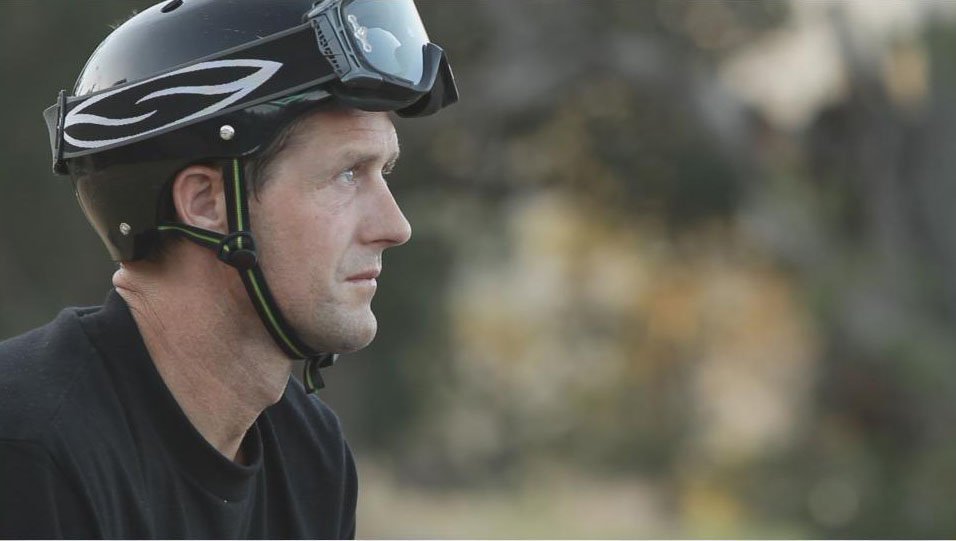
Adobe: What types of footage does the film include?
Rosenberg: As you would with any documentary, we relied on a lot of historical footage. The film encompasses almost every type of footage that has been shot in the last 25 years—Super 8, 8MM, Hi8MM, Super 16 film, 35 millimeter film—the list goes on. Bandito Brothers has a ton of experience mixing and matching and finding the right flavor when combining multiple formats. We didn’t want to lose any of the texture of the older types of footage, because they have a nostalgic feel that puts viewers in a certain time and place, yet we didn’t want footage to feel out of place with the language and world of modern skateboarding.
Adobe: Tell us about your work with Adobe Creative Cloud software for the main part of the film.
Rosenberg: We edited over a period of 16 months and conformed and did the finishing work using Adobe Premiere Pro and After Effects. Working in the Adobe environment was really liberating because we could make tweaks and adjustments in the online version. Finishing in the online format means you don’t have to bother with proxies, you can just work with the full-res files and not worry about creating the online version afterward.
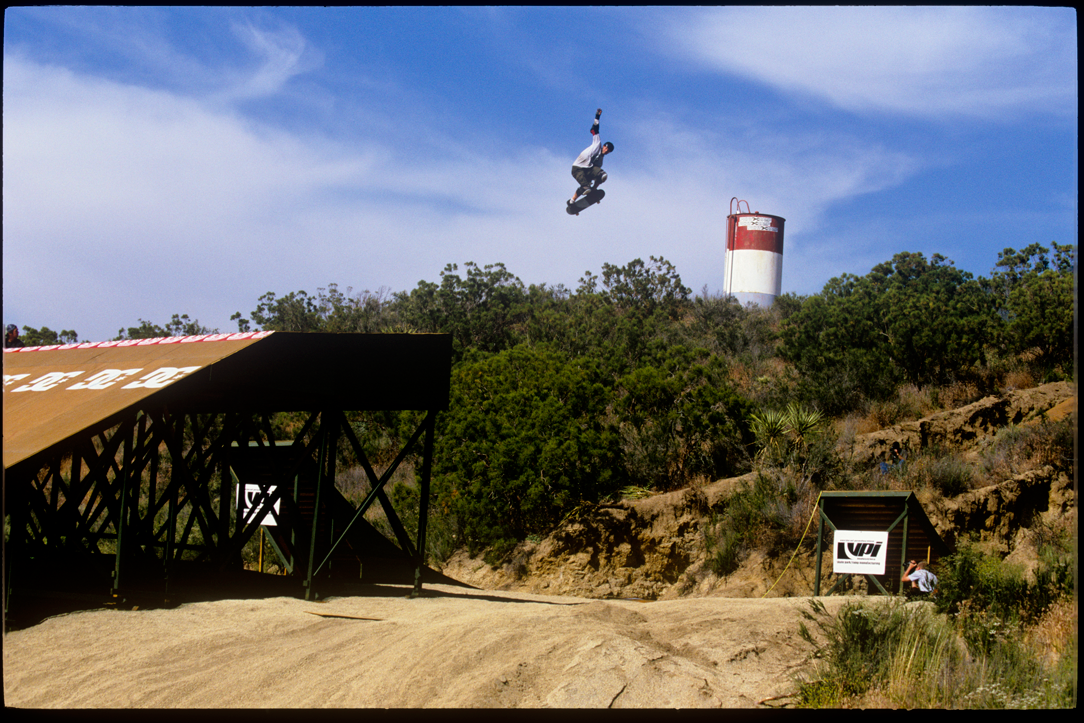
Adobe: How else did you use tools in Adobe Creative Cloud in the film?
Rosenberg: We jumped between Adobe Premiere Pro, After Effects, Illustrator, and Photoshop, where we created a ton of the graphical components, as well as the movie poster art. Our Art Director, Yogi Proctor, designed the graphic treatment and thus all the titles and lower thirds were built using Photoshop with layers so they were consistent and we could toggle them on and off. Skateboarders live in a world where things are documented with video and stills, so we took a multi-screen approach and animated some photo sequences using After Effects, pulling high-res files into the film. As part of the film, we interviewed other famous skateboarders and renowned athletes to shed light on Danny’s career and life. We used a graphic treatment produced in Adobe Illustrator—kind of an intersecting diagonal line—when each person is introduced. That same diagonal line was then animated in After Effects whenever a new location was introduced. The result is a consistent graphic design that moves in a specific linear direction, which is not unlike Danny rolling down his ramp (this was by design with Yogi, who also happens to be a skateboarder). After Effects was also used a ton for cleaning up some of the transferred Super 16MM film footage that had hair on the lens or required resizing and frame rate conversions.
What’s great is that you don’t have to do a lot of rework. You can go into After Effects and Photoshop, for example, and incorporate elements into footage that you won’t have to replace because they are already at the highest resolution. For reviews, we created DVDs with Adobe Encore to make it simple to go back and forth with different versions.
Adobe: We understand you personally edited the epilogue in Adobe Premiere Pro CS6. Tell us more about that process.
Rosenberg: We were fortunate that Adobe Premiere Pro CS6 was available for the epilogue, which features Danny riding on a new ramp that he built on Kauai. We wanted to be sure it was beautiful and really stunning, so quality was a big goal. We shot using RED Epic cameras, and we were able to work with R3D footage easily. The primary interviews were shot using the Canon EOS 5D Mark IIs. We were able to work natively in Adobe Premiere Pro CS6 using all the raw files. I pointedly wanted to give my editor Carol Martori a break, so I sat in the editing chair and she sat in the director’s chair behind me and I tried to edit the end skating in a way that felt right for all the work she had done going into the epilogue.
Specifically in the epilogue we used a mix of compression settings and frame rates and sizes—from 96 frames per second (FPS) at 4K resolution to 72 FPS at 5K and 270 FPS at 1.5K. It was really freeing to just import or export anything to and from the Premiere Pro timeline without worrying about transcoding or mixing different file formats. It’s a truly epic part of the film and on the big screen it looks gorgeous; it’s how Danny deserves to be seen.
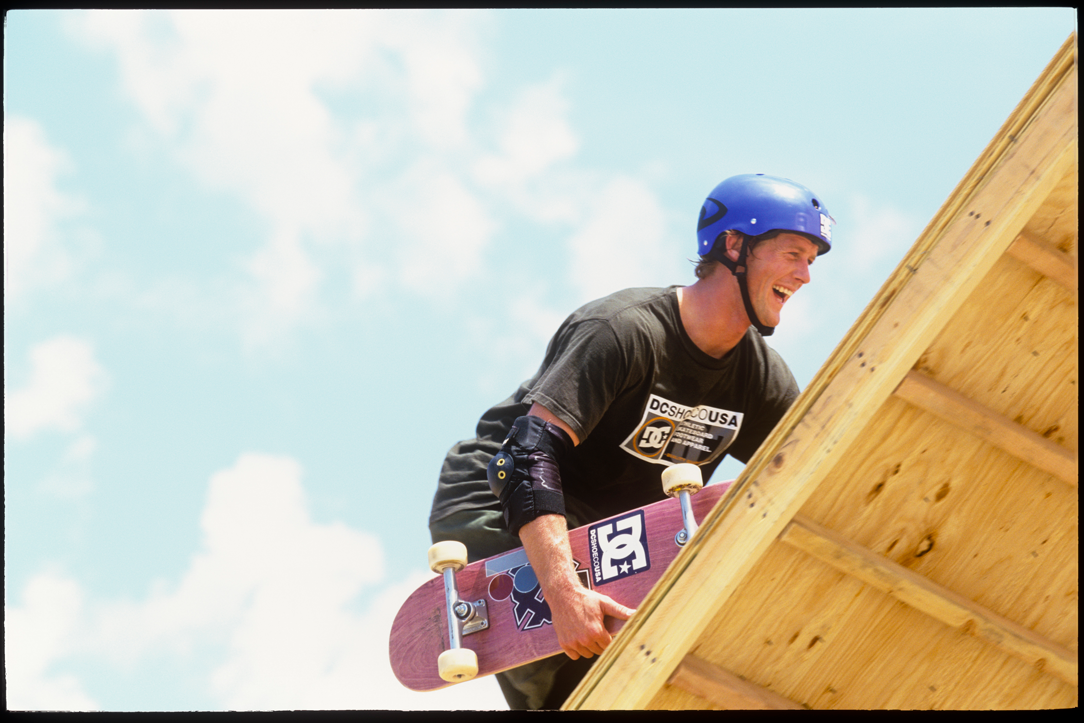
Adobe: What hardware were you using?
Rosenberg: When we were finishing the epilogue, we got some HP Z820 workstations with NVIDIA graphics cards with CUDA acceleration and they were peppy, to say the least. The ability for Premiere Pro CS6 to take advantage of accelerated GPU and CPU performance was terrific, especially because we only had a short time to get the epilogue done before the premiere at SXSW.
Adobe: What did you like about working with Adobe Premiere Pro CS6 for the online and the epilogue?
Rosenberg: All the keyboard enhancements in CS6 made the online really easy and efficient. We used the Dynamic Trim and Ripple Edit tools, which both helped make frame adjustments or trimming a shot in the online intuitive and fast. We’ve always been big fans of the Adobe Media Encoder for creating multiple encoded versions of source files. Its performance is even better in CS6. We used Warp Stabilizer in Premiere Pro for the DSLR footage. I think my favorite part was just being able to edit RAW files and see the quality while I was editing.
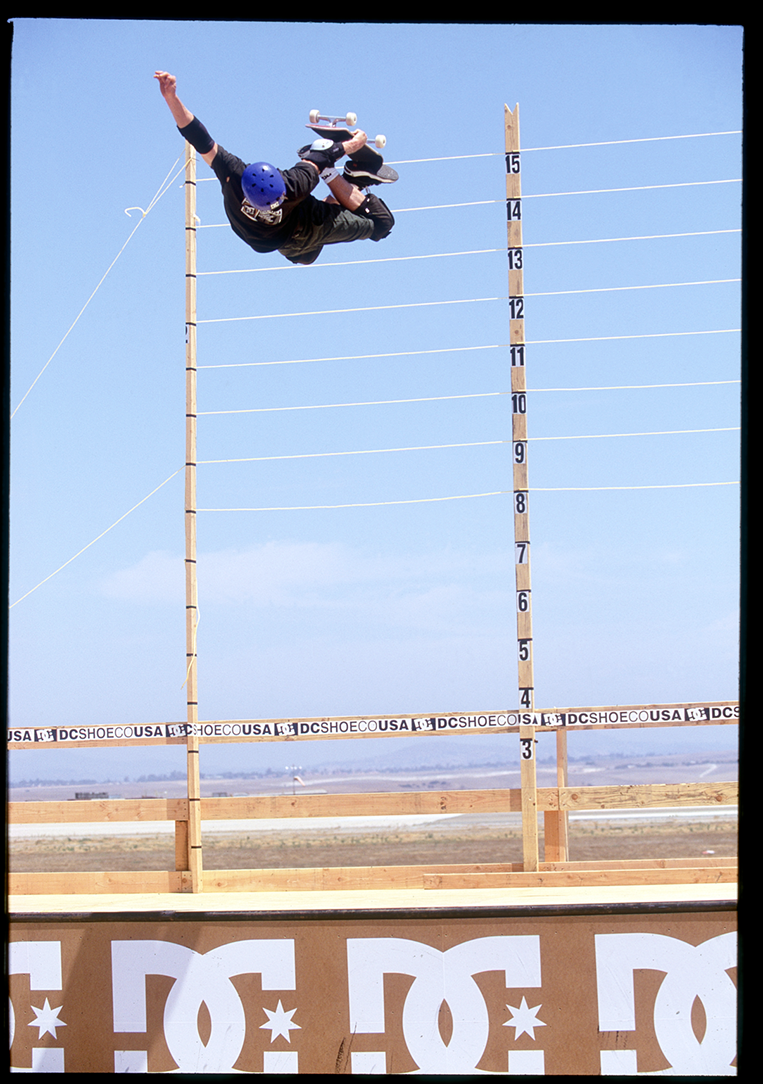
Adobe: You recently started working with Adobe Creative Cloud? What are your impressions?
Rosenberg: The cloud is obviously the future and I think Adobe has tended to be ahead of the curve in ways of providing software to video professionals and packaging software in bundles that allow the user to get more value and also incentivized them to use more tools. With Adobe Creative Cloud, we get all the latest versions of Adobe’s video products in the CS6 Production Premium suite, plus more tools and services that aren’t included in the suite, such as Adobe Photoshop Lightroom, Adobe Acrobat, Adobe Story Plus, Adobe InDesign, Adobe Muse, and Adobe Digital Publishing Suite, Single Edition. And we’re able to get exclusive features in between releases as soon as they’re available, like the recent update to Adobe Illustrator. I’m looking forward to trying some of the new features and using the other tools to further promote my films. The low monthly price of Creative Cloud makes it really affordable for independent filmmakers and smaller post-production companies to get Adobe software. So far, it’s been seamless using Adobe Creative Cloud.
Adobe: What is your favorite part of the film?
Rosenberg: For me, the last 20 minutes of the movie set in China with Danny is really effective; it delivers so much emotion and vision and gives viewers an understanding of who he is. We spend the entire film showing and contextualizing this incredible life story over a number of decades and amazing events, but the last 20 minutes really settles into an intense documentation of what literally happened to Danny in China. I don’t want to spoil it in print, but suffice to say it delivers an edge of your seat and exhilarating payoff to the film. As a filmmaker, it was so gratifying to have an opportunity to have such a roller coaster ending that reinforces the character that has been laid out up to that point.
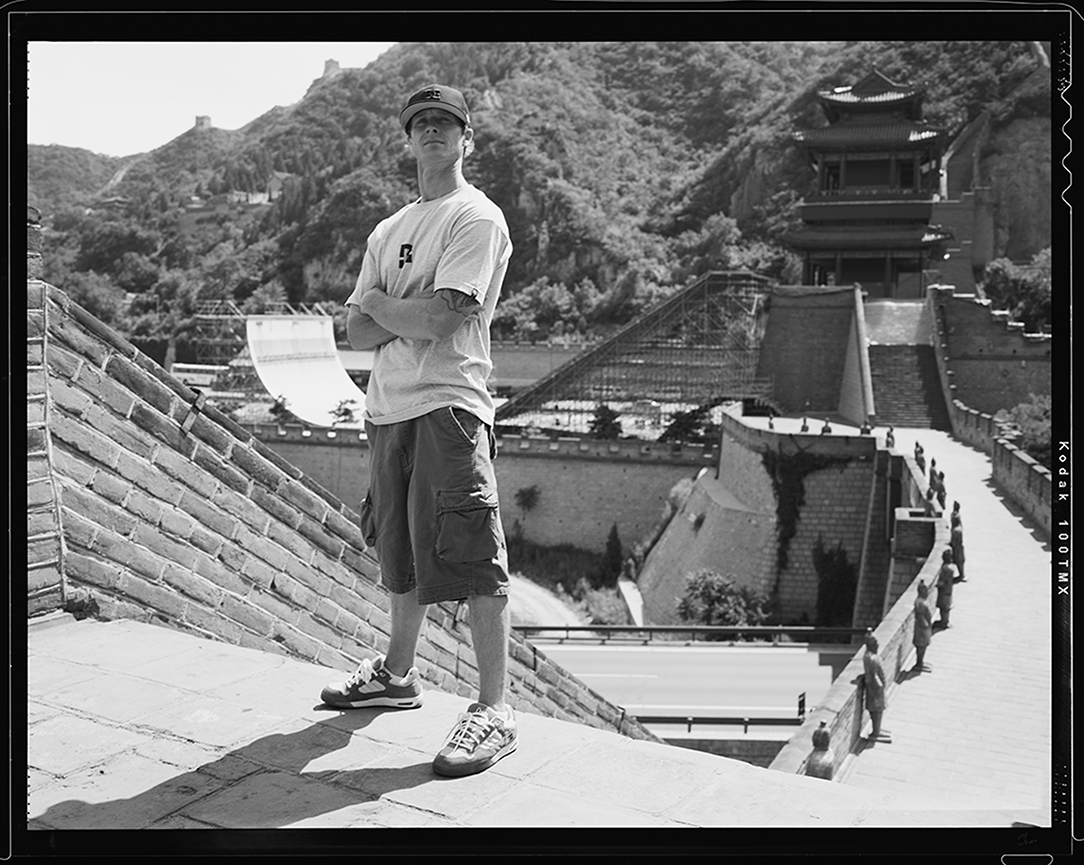
Adobe: What does Danny think of the film?
Rosenberg: He’s happy and proud of what we were able to say with the film and his life story. It is a tough place to be in, putting so many emotional moments of your life out there and letting the world experience them. But he owns it and continues to personally focus on his own skateboarding, which has always defined him. And in that department he is not totally satisfied and wants to do more in skateboarding.
Adobe: What are the release plans for the film?
Rosenberg: The film releases in theaters and for download on December 7th. We’re partnering with DC Shoes, a company co-founded by Danny and his brother, Damon Way, to be on the big screen in 10 to 12 cities, as well as available on digital outlets such as iTunes, Xbox, and on-demand channels. This is the “day and date” release model that allows people to buy or rent the movie the same day it’s released in theaters, so if it isn’t showing somewhere, people can still see it, be a part of the conversation, and enjoy it. I highly recommend seeing it on the big screen if it is in your city and if you like it, spread the word.
See if it's playing at a theater near you
Learn more about Adobe CS6 Production Premium and Adobe Creative Cloud
Download a free trial of Adobe Creative Cloud (includes After Effects, Adobe Premiere Pro, Photoshop, Illustrator, and more)

Filmtools
Filmmakers go-to destination for pre-production, production & post production equipment!
Shop Now